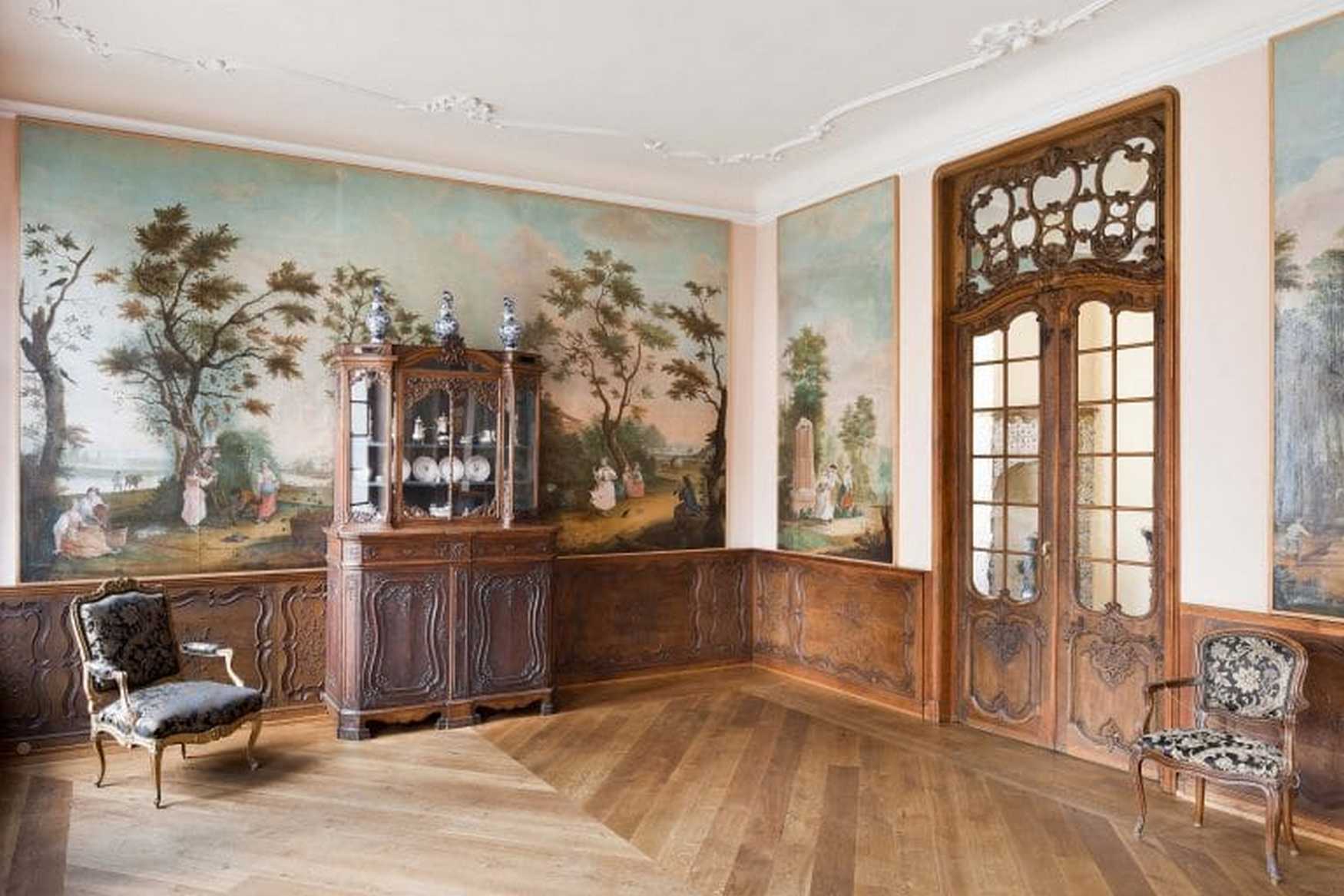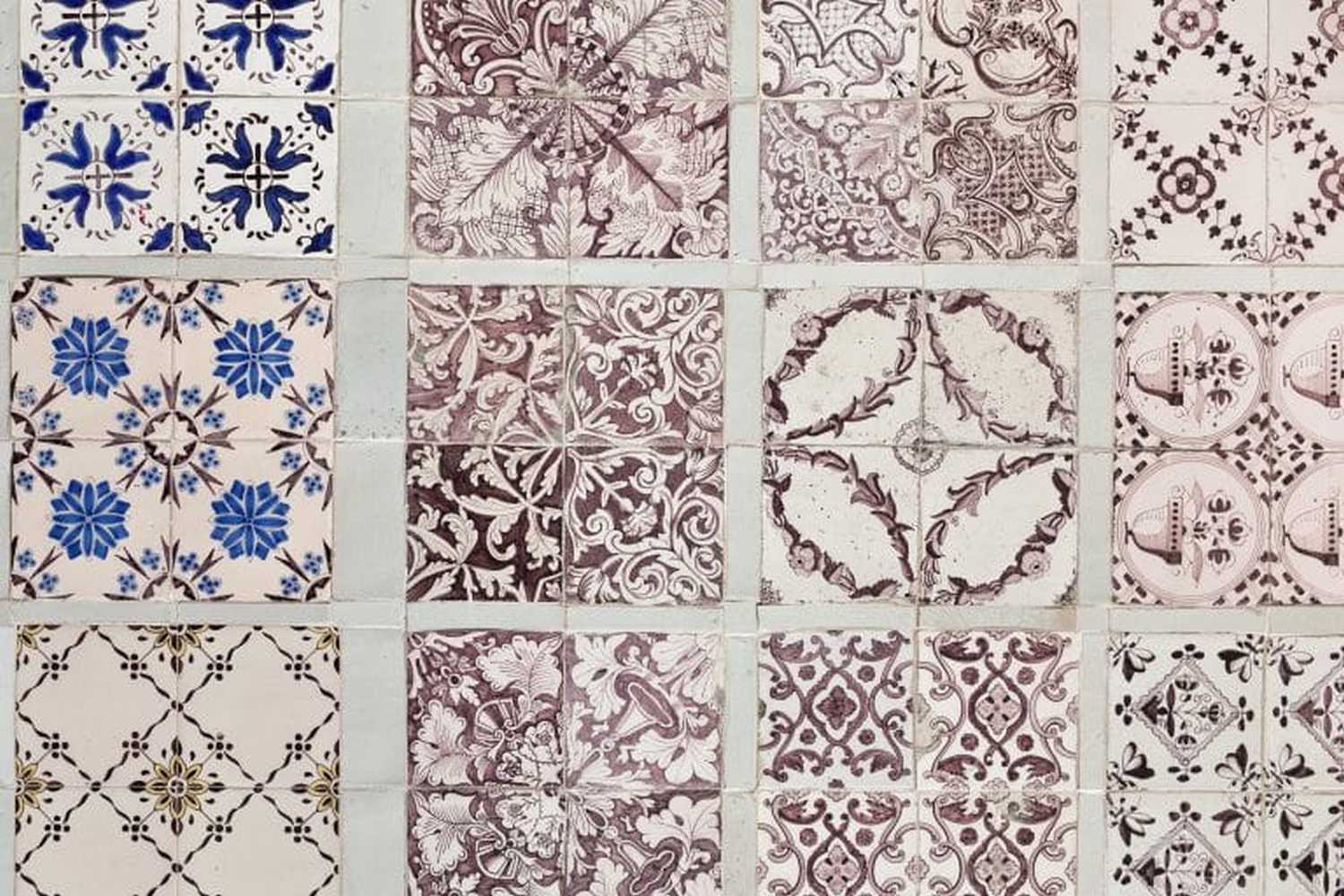The Couven Museum, located in the heart of Aachen, Germany, is a captivating destination for history enthusiasts and families. This museum offers a unique glimpse into the 18th and 19th centuries, showcasing Baroque, Rococo, and Neoclassical design elements. As you wander through its halls, you'll encounter an array of historical artifacts, period furniture, and exquisite decorative arts. The Couven Museum is a cornerstone of Aachen's cultural heritage. It provides visitors with an immersive experience that brings history to life. Whether you're a local or a tourist, this museum promises an enriching and memorable visit.
Highlights
- Baroque and Rococo Rooms: Step into the opulent world of the 18th century with intricately designed rooms that transport you back in time.
- Neoclassical Exhibits: Marvel at the elegant simplicity of Neoclassical design, featuring stunning furniture and decorative pieces.
- Interactive Displays: Engage with history through interactive exhibits that make learning fun for all ages.
Contents
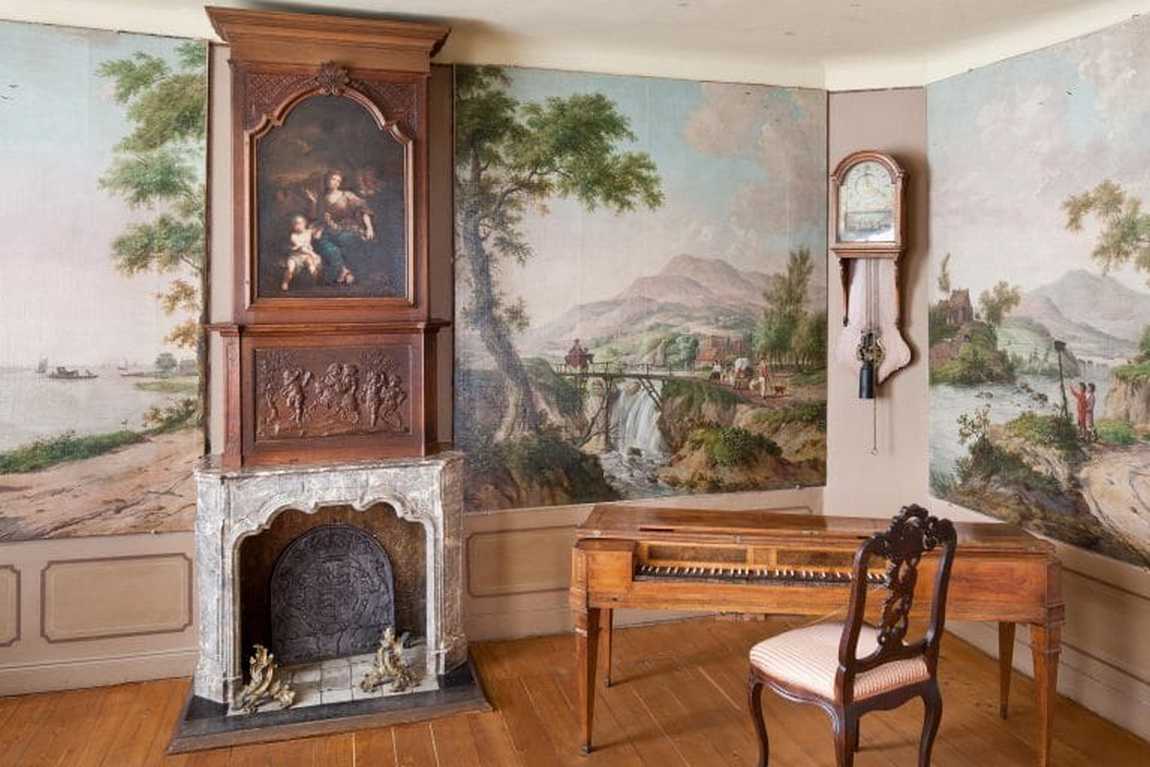 https://couven-museum.de/museum/
https://couven-museum.de/museum/
Here is Why Your Kids Will Find it Interesting
Couven Museum is worth visiting with kids aged 6 and up. The interactive exhibits and family-friendly activities make history engaging and fun. Children will love exploring the period rooms and discovering the fascinating artifacts. The museum's educational programs are designed to captivate young minds, making it an ideal destination for a family outing.
Family-friendly Features
- Interactive Exhibits: Hands-on displays that make learning fun for kids.
- Educational Programs: Special workshops and tours designed for families.
- Museum Café: A cozy spot to relax and enjoy a snack after exploring the exhibits.
History of the Couven Museum
The Couven Museum was founded in 1958 and has become a significant cultural landmark in Aachen. It is housed in a historic building dating back to the 17th century. Over the years, it has undergone several restorations to preserve its architectural integrity and historical significance.
The museum's collections span the 18th and 19th centuries, comprehensively looking at these artistic and cultural developments. Notable events include acquiring rare porcelain collections and introducing interactive exhibits that enhance the visitor experience.
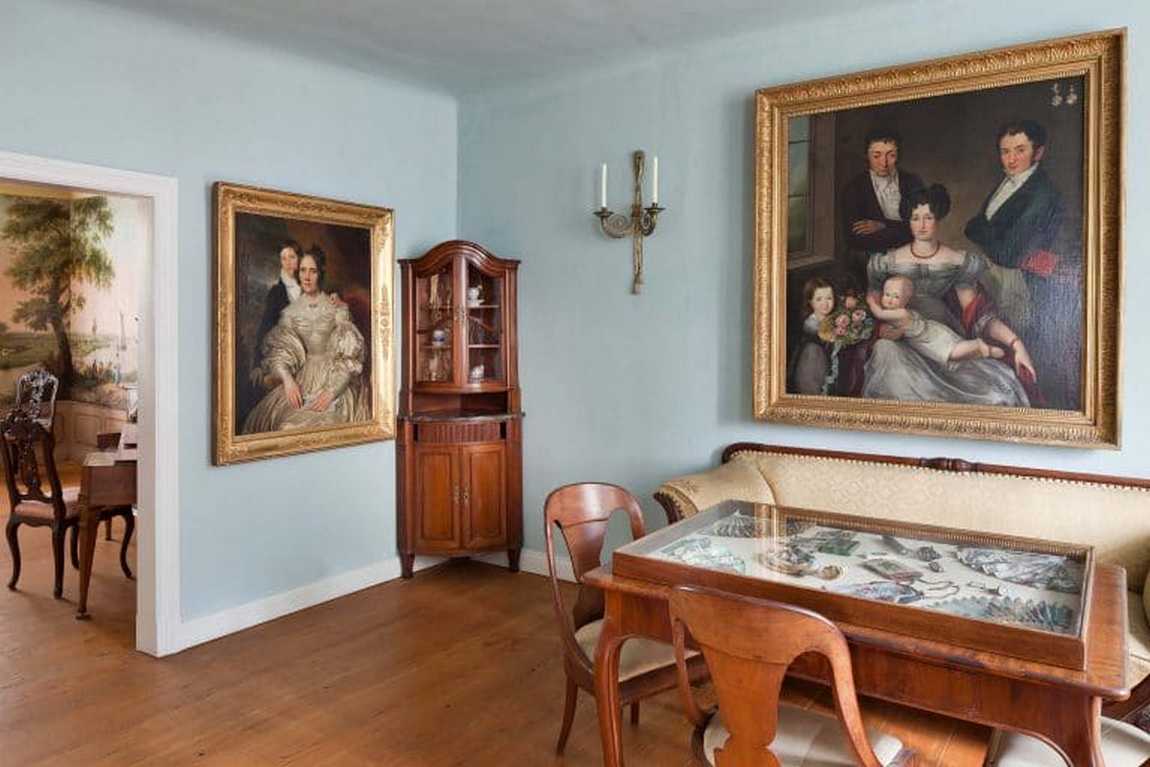 https://couven-museum.de/museum/
https://couven-museum.de/museum/
Architectural Styles
The Couven Museum is a testament to the architectural evolution of the 18th and 19th centuries. Baroque architecture is characterized by grandeur and intricate details, while the Rococo style adds a touch of whimsy with its ornate decorations. Neoclassical design brings a sense of elegance and simplicity.
The museum building is a work of art, with unique architectural features reflecting these diverse styles. Visitors can admire the beautifully restored rooms and the meticulous attention to detail that has gone into preserving this historical gem.
Museum Collections
The Couven Museum boasts an impressive array of collections that cater to a wide range of interests, making it a treasure trove for history buffs, art enthusiasts, and curious minds alike. Each collection is meticulously curated to provide a comprehensive look at the artistic and cultural developments of the 18th and 19th centuries.
Decorative Arts
The decorative arts collection is one of the museum's highlights. It features exquisite porcelain, silverware, and period furniture. These items showcase the craftsmanship and artistic flair of the time. Visitors can marvel at the intricate designs and fine details that characterize Baroque, Rococo, and Neoclassical styles.
The porcelain collection includes rare and valuable pieces from renowned European manufacturers, while the silverware displays the opulence and elegance of the era. The period furniture, with its ornate carvings and luxurious materials, offers a glimpse into the lifestyles of the wealthy and influential during these centuries.
Period Furniture
The period furniture collection is a testament to the skill and creativity of 18th — and 19th-century artisans. Each piece tells a story, from the grandiose Baroque cabinets to the delicate Rococo chairs and refined Neoclassical tables.
The furniture is arranged in room settings, allowing visitors to step back in time and experience the ambiance of historic interiors. This immersive approach helps to contextualize the pieces, making history come alive.
Porcelain Collections
The porcelain collections at the Couven Museum are a visual delight. Featuring works from famous European porcelain manufacturers such as Meissen and Sèvres, these collections highlight the evolution of porcelain art.
The delicate and intricate designs, often adorned with floral motifs and gilded accents, reflect the tastes and trends of the 18th and 19th centuries. Special exhibitions usually focus on specific themes or manufacturers, providing deeper insights into the world of porcelain.
Silverware
The silverware collection is another gem of the Couven Museum. It includes various items, from everyday utensils to elaborate ceremonial pieces. The craftsmanship is evident in the detailed engravings and using precious metals. These items not only served practical purposes but also symbolized wealth and status. The collection offers a fascinating look at the social and cultural aspects of the time.
Paintings and Sculptures
Art lovers will find much to admire in the museum's extensive collection of paintings and sculptures. The paintings range from portraits and landscapes to still lifes and historical scenes, representing various artistic movements of the 18th and 19th centuries.
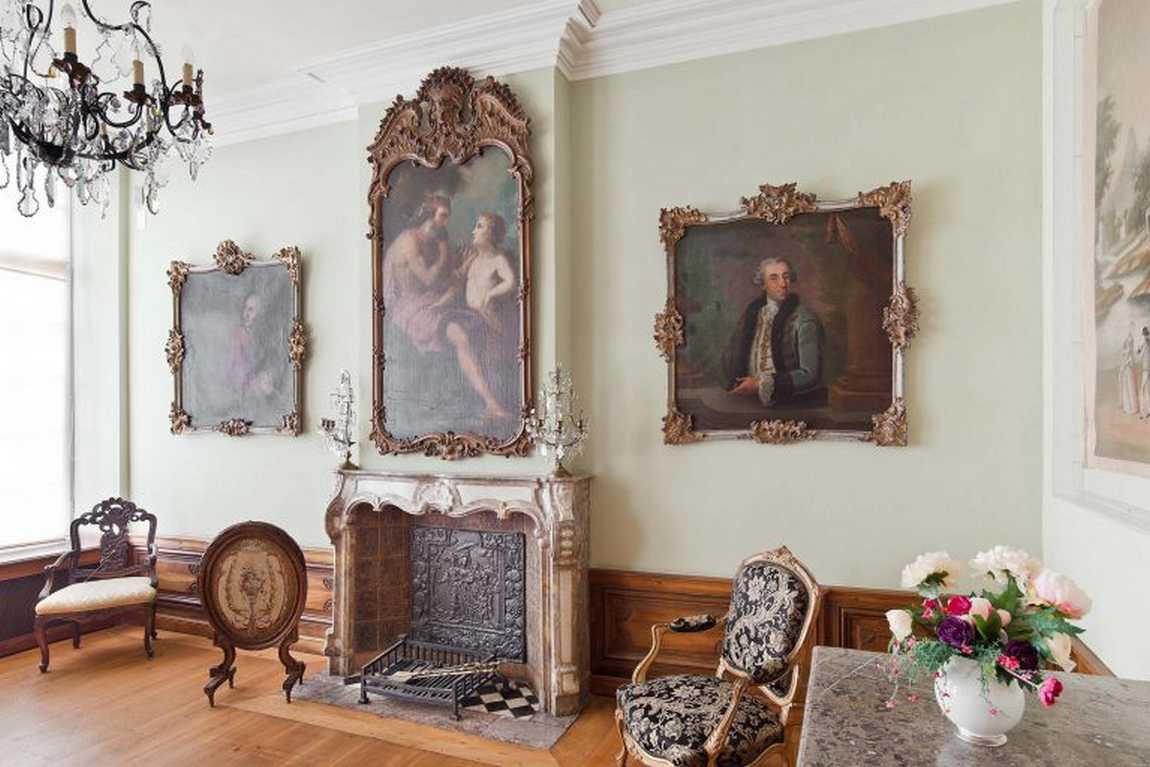 https://couven-museum.de/museum/
https://couven-museum.de/museum/
Best Time to Visit
The best time to visit the Couven Museum with children is on weekdays, in the morning or early afternoon. It is less crowded and allows families to explore independently. Recommended duration: 2-3 hours.
Resume
The Couven Museum in Aachen offers a rich and immersive experience for visitors of all ages. Its stunning architectural styles, diverse collections, and family-friendly features make it a must-visit destination for anyone interested in history and culture.


